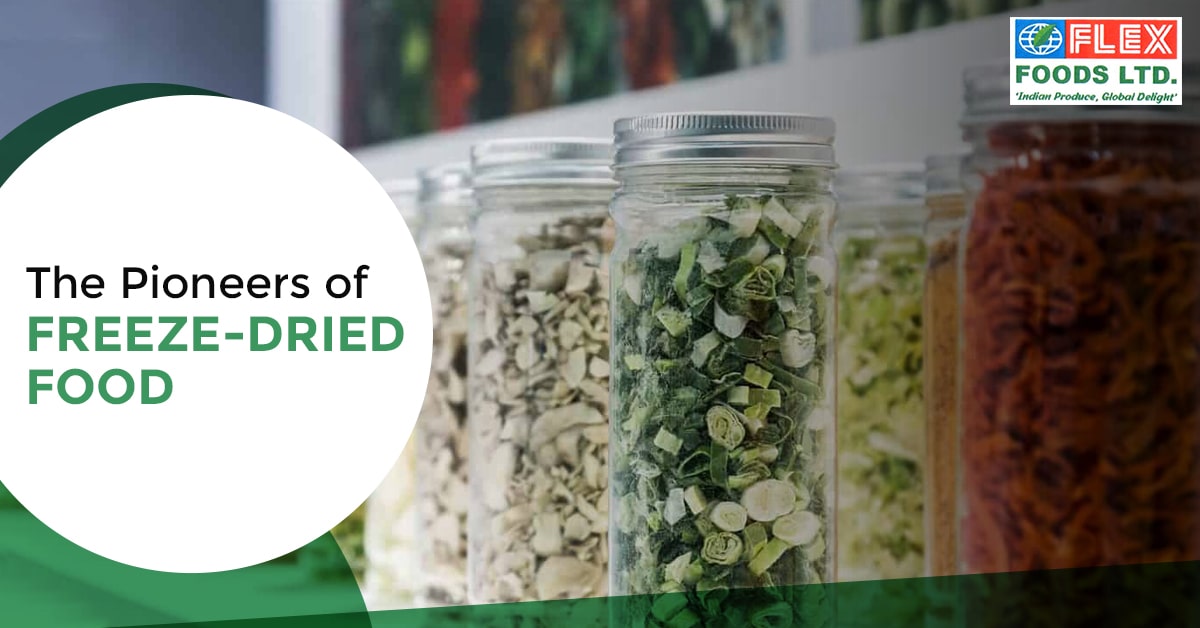When fruits and veggies are picked from the farm, their freshness clock starts ticking. But there's a smart trick to slow it down: pre-cooling. It's like giving them a quick chill before they hit the shelves. This simple step is super important because it helps keep produce tasty, colorful, and packed with nutrients. Let's dive into why pre-cooling is a big deal for frozen vegetables in India and every one who grows, transports, or sells fruits and veggies.
Understanding Pre-cooling
Before delving into the reasons why pre-cooling is vital, it's essential to understand what it entails. Pre-cooling refers to the process of lowering the temperature of fresh produce immediately after harvest, typically to the optimal storage temperature. This step is critical as it helps to slow down metabolic processes, reduce respiration rates, and delay the onset of spoilage.
The Importance of Temperature Control
Temperature control is a fundamental aspect of post-harvest handling and storage. Fruits and vegetables are living organisms that continue to respire even after being harvested. Elevated temperatures can accelerate respiration rates, leading to accelerated deterioration and loss of quality. Pre-cooling ensures that produce is rapidly cooled to the ideal storage temperature, thereby minimizing metabolic activity and extending shelf life.
Preserving Quality and Freshness
One of the primary reasons for pre-cooling fruits and vegetables is to preserve their quality and freshness. Heat stress post-harvest can lead to various undesirable changes, including wilting, decay, and loss of texture. Pre-cooling helps to maintain the crispness, color, and flavor of produce, enhancing its marketability and consumer appeal. Whether it's delicate berries or leafy greens, proper pre-cooling is essential for preserving their visual and sensory attributes.
Minimizing Moisture Loss
Moisture loss is common during the post-harvest handling of fruits and vegetables. High temperatures can accelerate transpiration, leading to dehydration and shriveling of produce. Pre- cooling helps to reduce moisture loss by lowering the rate of transpiration, thereby preserving the firmness and juiciness of fruits and vegetables. By maintaining adequate humidity levels, pre-cooling ensures that produce retains its optimal moisture content throughout storage and transportation.
Delaying Ripening and Senescence
Many fruits and vegetables continue to ripen after being harvested, a process governed by ethylene production and sensitivity. This is one of the reason why freeze-dried mango is a favorite in India and abroad since the fruit can be enjoyed all round the year. Elevated temperatures can hasten the ripening process, leading to premature softening and decay. Pre-cooling helps to delay ripening and senescence by slowing down ethylene production and sensitivity. This delay allows delay allows for extended storage periods, ensuring that produce reaches consumers in optimal condition.
Preventing Pathogen Growth
In addition to preserving quality, pre-cooling also plays a crucial role in food safety. High temperatures can create favorable conditions for the growth of pathogenic microorganisms, increasing the risk of foodborne illnesses. By rapidly lowering the temperature of produce, pre- cooling inhibits the growth of pathogens and reduces the risk of contamination. Proper temperature management is especially critical for perishable items such as berries and leafy greens, which are highly susceptible to microbial spoilage.
Enhancing Nutritional Value
Maintaining the nutritional integrity of fruits and vegetables is paramount for ensuring consumer health and wellness. Heat stress post-harvest can lead to the degradation of vitamins, antioxidants, and other essential nutrients. Pre-cooling helps to preserve the nutritional value of produce by minimizing metabolic activity and oxidative damage. By keeping temperatures low, pre-cooling ensures that fruits and vegetables retain their full complement of vitamins, minerals, and phytochemicals.
Optimizing Shelf Life
Shelf life is a key determinant of the economic viability of fresh produce. Proper pre-cooling is instrumental in extending the shelf life of fruits and vegetables, allowing for longer storage periods and reduced losses. By slowing down physiological processes and inhibiting microbial growth, pre- cooling helps to maintain the quality and freshness of produce throughout the supply chain. This, in turn, reduces waste and maximizes profitability for growers, distributors, and retailers.
The Role of Technology in Pre-cooling
Advancements in refrigeration technology have revolutionized the pre-cooling process, making it more efficient and cost-effective. From forced-air cooling to vacuum cooling, various methods are available to suit different types of produce and scale of operations. Automated systems equipped with temperature and humidity control mechanisms enable precise cooling and monitoring, ensuring optimal conditions for maximum shelf life. Cold chain logistics solutions also facilitate the seamless transportation of pre-cooled produce from farm to fork, further enhancing food safety and quality assurance.
In conclusion, pre-cooling is a critical step in the post-harvest handling of fruits and vegetables. By rapidly lowering the temperature of produce, pre-cooling helps to preserve quality, freshness, and nutritional value while minimizing moisture loss, delaying ripening, and preventing pathogen growth.
With proper pre-cooling practices and advanced refrigeration technologies, stakeholders across the supply chain can optimize shelf life, reduce waste, and deliver superior-quality produce to consumers worldwide. Embracing the science of pre-cooling is essential for ensuring the sustainability and profitability of the fresh produce industry in the face of evolving challenges and demands.
Contact Flex Foods today if you are looking to buy premium frozen and freeze-dried products like freeze dried sweet corn.

